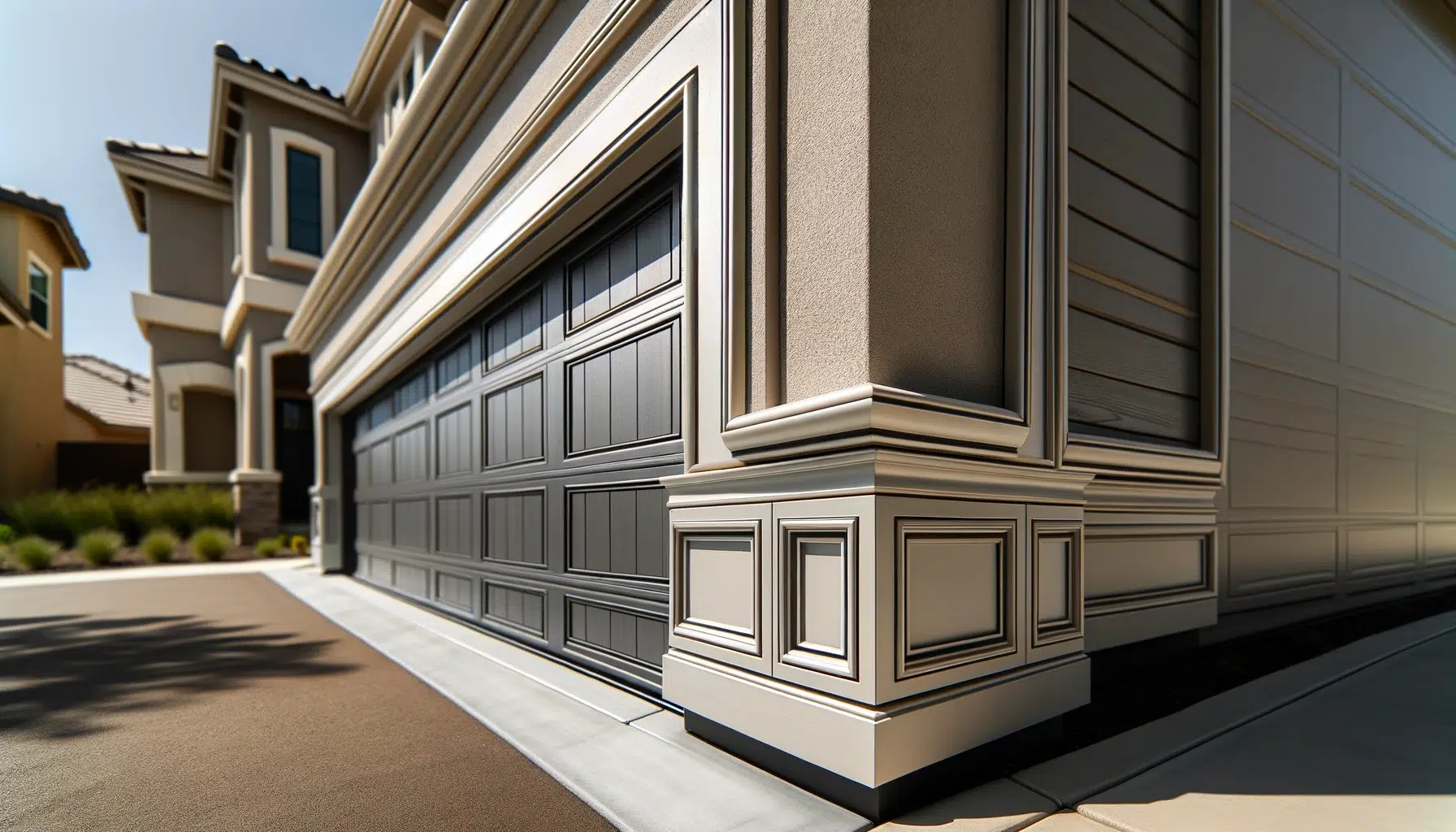
How To Insulate a Garage Door: Full Guide of 2024
In the modern home, the garage serves as more than just a parking space. It often doubles as a workshop, a storage area, and sometimes even a recreational room. However, one common issue many homeowners face is the lack of proper insulation in the garage, particularly in the garage door. Insulating your garage door is a cost-effective way to increase your home’s overall energy efficiency, reduce noise, and improve the usability of your garage space throughout the year.
As we step into 2024, understanding the latest methods and materials for garage door insulation becomes essential for a successful DIY project or informed discussion with professionals. This guide aims to provide you with comprehensive information on how to insulate your garage door, covering everything from the benefits of insulation to the step-by-step process, maintenance tips, and more.
Why Insulate Your Garage Door?
Before delving into the process, it’s important to understand why garage door insulation is so crucial. The importance of an insulated garage door can be substantial, especially in terms of energy efficiency, comfort, and overall home value. Here’s a breakdown of the key benefits:
- Energy Efficiency and Cost Savings: Perhaps the most significant advantage is the improvement in energy efficiency. An insulated garage door helps maintain a more consistent temperature inside the garage, reducing the amount of heat lost during winter and keeping the garage cooler during summer. This can lead to considerable energy savings, particularly if the garage is attached to the house, as it helps in reducing the workload on the home’s heating and cooling systems.
- Comfort: Insulation makes the garage a more comfortable space. This is particularly important if you use your garage as a workshop, gym, office, or for any other purpose beyond parking vehicles. By stabilizing the temperature, an insulated garage door makes the space more habitable in various weather conditions.
- Noise Reduction: Insulated garage doors are often quieter and can reduce the amount of external noise that enters your home. This is beneficial for homes located in busy or noisy neighborhoods. Additionally, the insulation can dampen the sound of the garage door opening and closing, which is helpful if there are living spaces above or adjacent to the garage.
- Protection for Stored Items: Many people use their garages for storage. Insulating the garage door helps protect stored items from extreme temperature fluctuations, which can be damaging, especially to sensitive items like electronics, paints, or certain types of materials.
- Enhanced Durability: Insulated garage doors are typically more robust than their non-insulated counterparts. The added layer of insulation can provide extra strength, leading to a door that is less prone to dents and damage, thereby extending the lifespan of the door.
- Increased Home Value: Energy-efficient home improvements, such as insulated garage doors, can increase the overall value of your home. They are often attractive to potential buyers who appreciate the added comfort, efficiency, and reduced noise levels.
- Reduced Carbon Footprint: By improving energy efficiency, you’re not only saving on utility bills but also contributing to a reduction in your overall carbon footprint. This is an important consideration in an increasingly environmentally conscious world.
In summary, an insulated garage door offers a variety of benefits, from practical aspects like energy savings and comfort to broader considerations like home value and environmental impact.
Types of Insulation for Garage Doors
Choosing the right insulation material is crucial:
- Fiberglass Insulation: It’s effective in trapping air and insulating but can be tricky to handle.
- Foam Board Insulation: These rigid panels provide high insulating values with minimal thickness and are easier to work with than fiberglass.
- Reflective Insulation: Ideal for hot climates, it reflects radiant heat away from the garage.
- Spray Foam Insulation: Although expensive, it offers a high R-value and an airtight seal. Professional installation is recommended.
Tools and Materials Needed
- Insulation material (Fiberglass, Foam Board, or Reflective)
- Measuring tape
- Utility knife or scissors
- Straightedge or ruler
- Adhesive (for foam boards and reflective insulation)
- Gloves, safety goggles, and a dust mask (for fiberglass)
- Caulk and caulk gun (for sealing edges)
Step-by-Step Installation Guide
Step 1: Preparation and Measurement
- Clear the garage door area.
- Measure the height and width of each panel accurately.
Step 2: Selection of Insulation Material
- Assess the climate, budget, and door type.
- Fiberglass offers good thermal insulation but requires careful handling.
- Foam board is easier to install and ideal for DIY projects.
Step 3: Cutting and Shaping the Insulation
- Cut the insulation to the measured panel sizes.
- For foam boards and reflective insulation, a utility knife ensures precise cuts.
- For fiberglass, scissors are suitable but ensure maximum protection.
Step 4: Installation of Insulation
- Fit the insulation snugly into each panel.
- For foam board and reflective insulation, the adhesive can secure it in place.
- For fiberglass, tuck it into the frames.
Step 5: Securing and Sealing
- Make sure the insulation is firmly in place.
- Use caulk to seal the edges and eliminate air leaks.
Step 6: Testing and Adjusting the Door
- After installation, check the door balance and operation.
- Adjust the springs and lubricate moving parts if needed.
Maintenance and Safety Tips
- Regularly check the insulation for any signs of damage or wear.
- Maintain a balance of your garage door to avoid undue strain on the mechanism.
- Fiberglass insulation requires careful handling to avoid skin irritation and respiratory issues.
Additional Considerations
- Environmental Impact: Consider eco-friendly insulation materials.
- Permit Requirements: In some regions, modifying a garage door might require a permit.
- Door Weight: Insulation adds weight to your garage door. Ensure the door’s mechanism can handle the additional weight.
- Professional Consultation: When in doubt, consult with a professional.
Conclusion
Insulating your garage door is a smart investment in your home. It not only enhances the energy efficiency and comfort of your living space but also contributes to a quieter, more versatile garage. This guide provides you with a detailed roadmap for undertaking this project, whether as a DIY endeavor or in preparation for hiring professionals. The process, while straightforward, does require attention to detail and safety, especially when working with materials like fiberglass insulation.
Remember, the key to successful insulation is not just the installation process but also the ongoing maintenance and checks to ensure its effectiveness over time. As we adapt to the ever-changing climate and energy needs, taking steps like insulating your garage door is more than a home improvement project; it’s a step towards creating a more energy-efficient, comfortable, and sustainable home. Whether you’re an experienced DIYer or new to home improvement projects, the information in this guide aims to empower you to make informed decisions and effectively enhance your home’s functionality and value.



